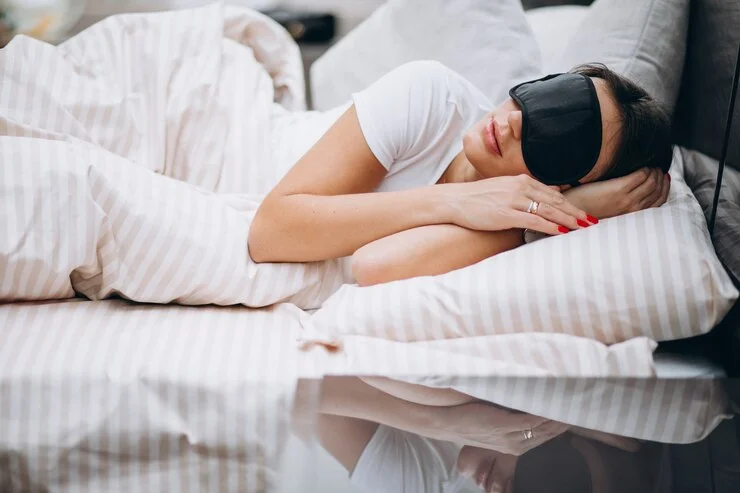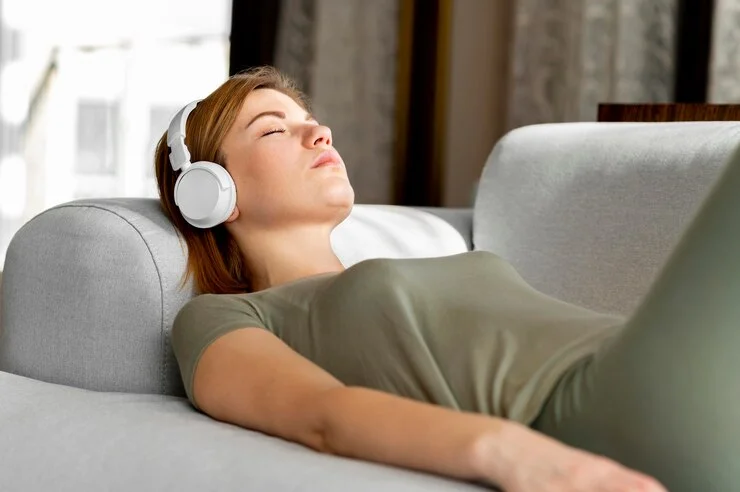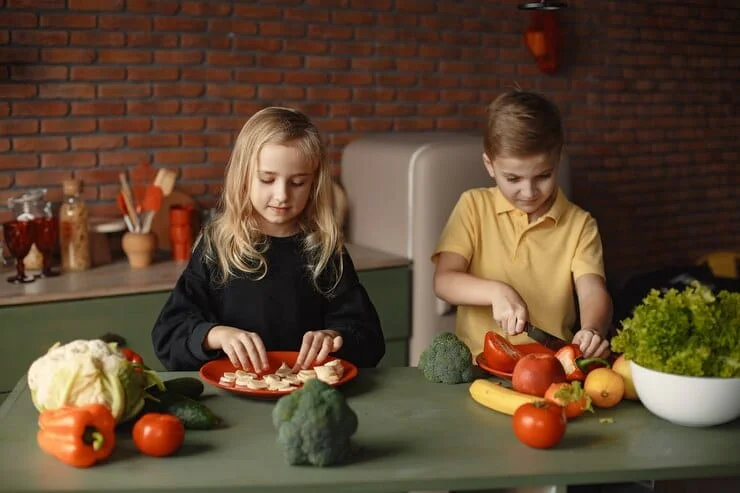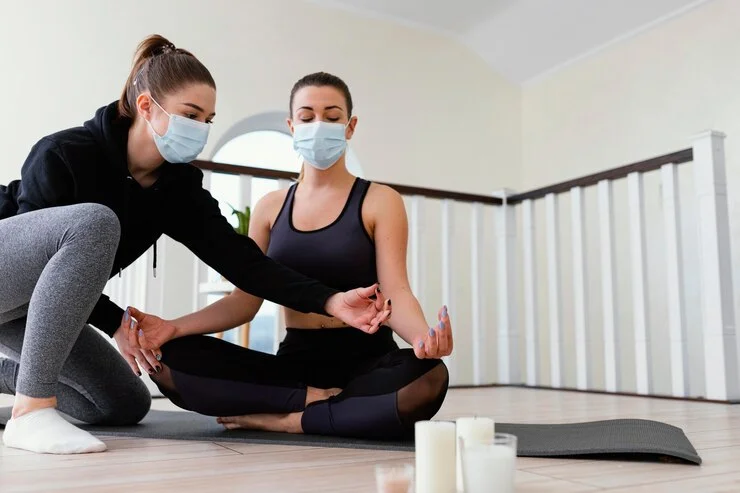Safe Sleep 7: Expert Tips for Infant Sleep Safety & Routine
Safe sleep is paramount for the well-being of your 7-month-old. As parents, creating a secure and healthy sleep environment is crucial for their development and overall happiness. Let’s explore the fundamental principles of the “Safe Sleep 7,” along with expert insights and recommended routines that will help you ensure your little one enjoys optimal sleep.
1. Introduction
Welcoming a new addition to the family is a joyous occasion, and ensuring the safety and well-being of your baby is of the utmost importance. One area that demands special attention is sleep, and the “Safe Sleep 7” principles provide a comprehensive guide for ensuring your 7-month-old sleeps soundly and safely.
2. Understanding Safe Sleep
Understanding what constitutes safe sleep for infants involves more than placing them in a crib. It encompasses creating an environment that minimizes risks and promotes healthy sleep patterns. Let’s explore the fundamental aspects of safe sleep and why it matters.
3. The Safe Sleep 7 Principles
Principle 1: Back to Sleep
Continue developing the article based on the outlined structure. Remember to maintain a conversational style, engage the reader, and incorporate analogies and metaphors where appropriate. Finally, end the article with the provided custom message:
4. Safe Sleep Products
When it comes to enhancing safe sleep, choosing the right products plays a crucial role. Let’s explore some recommendations that align with the “Safe Sleep 7” principles.
Crib Mattresses
Investing in a firm and well-ventilated crib mattress is essential. Look for mattresses that meet safety standards and provide the necessary support for your baby’s developing spine.
Sleep Sacks
Sleep sacks are a fantastic alternative to traditional blankets, eliminating the risk of loose bedding. They keep your baby warm while allowing freedom of movement, promoting both safety and comfort.

Pacifiers designed for Safe Sleep
Surprisingly, pacifiers can contribute to safe sleep. Using a pacifier during naps and bedtime has been linked to a reduced risk of SIDS. Ensure the pacifier is clean and free from any potential hazards.
Monitoring Devices
Technology has paved the way for advanced monitoring devices that allow parents to keep a close eye on their baby’s sleep. From video monitors to smart sensors, these tools provide an added layer of reassurance.
5. Creating a Safe Sleep Routine
Establishing a consistent sleep routine is a game-changer for both parents and babies. Consider incorporating calming activities such as a warm bath, gentle lullabies, or a cozy bedtime story. This signals to your baby that it’s time to wind down and prepares them for a restful sleep.

6. Addressing Parental Concerns
Parenting is filled with uncertainties, and it’s normal to have concerns about your baby’s sleep. Whether it’s about sleep regressions, nighttime awakenings, or the fear of SIDS, addressing these concerns is crucial. Seek advice from pediatricians, attend parenting classes, and connect with other parents to share experiences and gain valuable insights.
7. Safe Sleep and Development
Quality sleep is not just about safety; it significantly impacts your baby’s development. Adequate sleep is linked to better cognitive function, emotional regulation, and overall health. Embracing safe sleep practices sets the stage for a well-rested and thriving baby.

8. Transitioning Sleep Environments
As your baby grows, transitions between sleep environments are inevitable. Moving from a bassinet to a crib or from co-sleeping to independent sleeping requires patience and a gradual approach. Introduce changes slowly, allowing your baby to adjust at their own pace.
9. Safe Sleep Beyond the Crib
Safe sleep practices extend beyond the confines of the crib. Whether you’re traveling or your baby is taking a nap, ensure the sleep environment is safe and consistent. Portable cribs, travel-friendly sleep gear, and maintaining established routines help in creating a secure sleep space wherever you go.
10. Common Mistakes to Avoid
Avoiding common mistakes is as crucial as implementing safe sleep practices. Some pitfalls include using soft bedding, placing toys in the crib, and neglecting regular health check-ups. Stay informed and steer clear of these errors to create the safest sleep environment for your little one.
11. Importance of Parental Education
Educating parents and caregivers about safe sleep practices is paramount. Attend workshops, read reputable sources, and engage with healthcare professionals to stay updated on the latest guidelines. The more informed you are, the better equipped you’ll be to provide a safe sleep environment for your baby.
12. Safe Sleep and SIDS Prevention
Connecting safe sleep practices to SIDS prevention is a crucial aspect of infant care. By diligently following the “Safe Sleep 7” principles, you significantly reduce the risk of Sudden Infant Death Syndrome. Understanding this connection empowers parents to prioritize safe sleep.
13. Personalizing Safe Sleep Practices
While following guidelines is essential, recognizing that each baby is unique is equally important. Pay attention to your baby’s cues, preferences, and comfort levels. Personalizing safe sleep practices ensures that your baby’s individual needs are met, contributing to a more peaceful sleep experience.

14. Benefits of Adequate Sleep
The benefits of ensuring your baby gets enough sleep extend beyond the immediate family. A well-rested baby is more likely to be content, alert, and eager to explore the world. Adequate sleep contributes to a harmonious family dynamic, making for more enjoyable moments together.
Conclusion
In conclusion, the “Safe Sleep 7” principles offer a comprehensive guide to creating a secure and healthy sleep environment for your 7-month-old. From understanding the principles to choosing the right products and addressing common concerns, implementing these expert tips ensures a restful and safe sleep experience for your baby.
FAQs (Frequently Asked Questions)
- Q: Can I use any crib mattress for my baby’s safe sleep?
- A: While many crib mattresses are safe, it’s crucial to choose one that meets safety standards. Look for certifications and recommendations from trusted sources.
- Q: How can I transition my baby to a different sleep environment smoothly?
- A: Gradual transitions, maintaining a consistent routine, and using familiar sleep items can help ease the process for your baby.
- Q: Are sleep sacks necessary for safe sleep?
- A: Sleep sacks are recommended as they eliminate the need for loose bedding, providing a safe and comfortable sleep environment.
- Q: What role do regular health check-ups play in safe sleep practices?
- A: Regular check-ups allow healthcare professionals to monitor your baby’s growth and development, addressing any potential concerns related to sleep.
- Q: How do safe sleep practices contribute to SIDS prevention?
- A: Following safe sleep practices, including placing your baby on their back to sleep, significantly reduces the risk of Sudden Infant Death Syndrome (SIDS).







